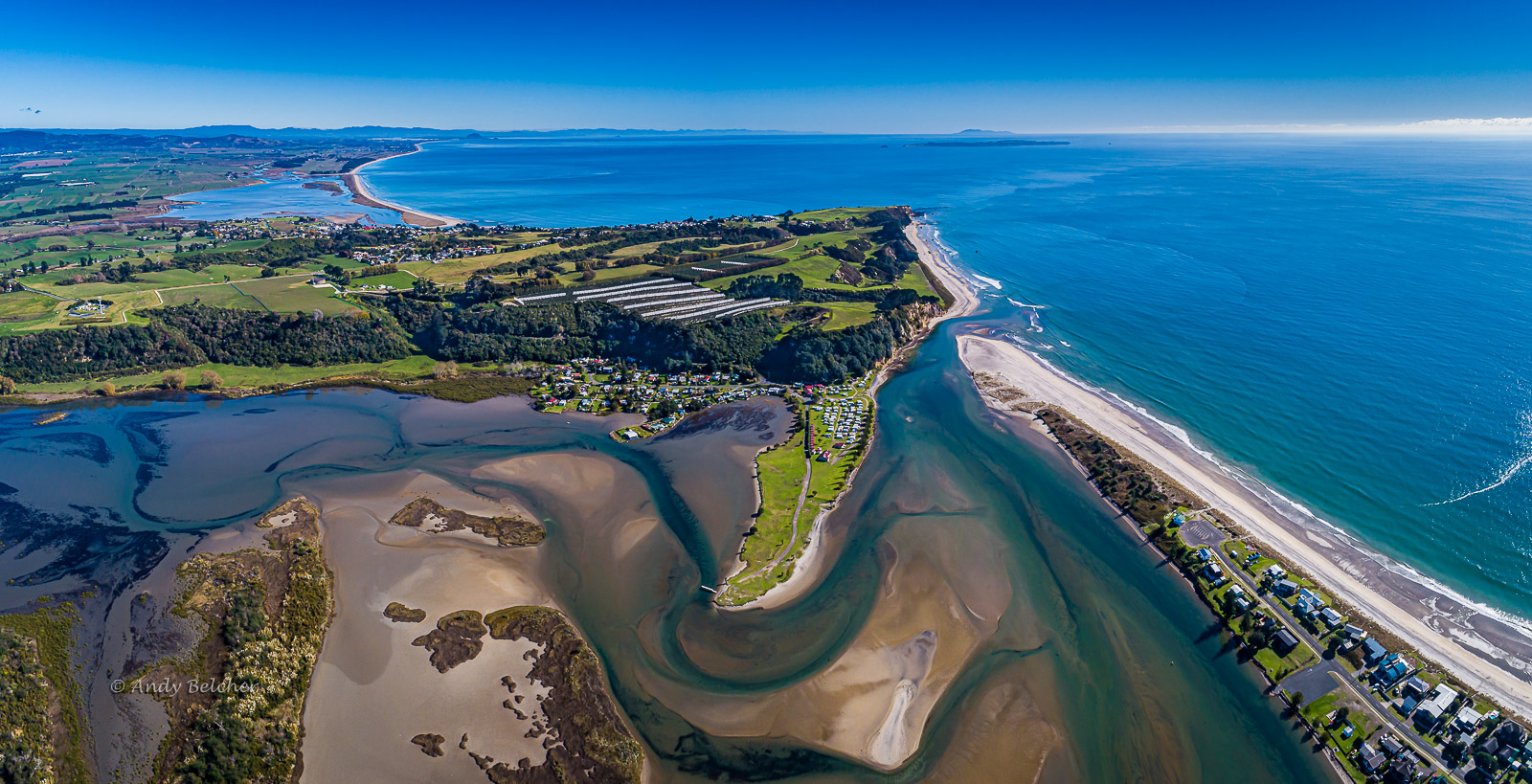Te Wahapū o Waihī, a collective of five iwi from the Waihī catchment, have joined forces to address the immediate need to improve the health of the Waihī estuary.
Decades of wetland drainage, river channelisation, farm and orchard land use intensification, contaminated runoff, a lack of buffers, leaky septic systems, inadequately treated sewage/effluent and pollution from boats have done serious harm to the waterways and estuary.
Once a source of plentiful kai for iwi and communities, the Waihī Estuary is now identified as one of the most degraded estuaries in Aotearoa. It is no longer a reliable source of safe, healthy kai, and local communities don’t let their children swim there.
The iwi collective – consisting of Ngāti Whakahemo, Ngāti Whakaue ki Maketu, Ngāti Mākino, Ngāti Pikiao and Tapuika – will be working closely together with the Bay of Plenty Regional Council (BOPRC), the Ministry for the Environment’s Te Mana o Te Wai and the Ministry for Primary Industries (MPI).
As a first action, in collaboration with its partners, the collective has developed an Iwi-led catchment-wide monitoring and restoration programme for the Waihī estuary.
“We compare the health of the estuary with the health of our people and unfortunately, the Waihī estuary is in an alarming state,” says Kura Paul-Burke, Project Lead.
“As kaitiaki, it’s our responsibility to look after our taiao. If we want Waihī estuary to be the abundant mahinga kai (food basket) it once was, action is needed now.”
Bay of Plenty Regional Councillor Te Taru White says Toi Moana is proud to be working in partnership with Te Wahapū o Waihī as a collective iwi initiative.
“As we get underway with our ambitious programme of works, learning together, and building on the progress of others, I am constantly reminded of the vision given to us by the late Muriwai Ihakara in December 2021: “He oranga te wahapū, he oranga te iwi: the health of the estuary is a metaphor for the health of the people.”
Councillor White also acts as the interim independent Chair of Te Wahapū o Waihī and has extensive experience in scientific research and the primary industries.
Te Wahapū o Waihī is committed to restoring the mauri of the Waihī estuary, so it will once again be a source of plentiful kai for our communities, whānau and mokopuna for generations to come. The first project within the programme is to be announced next week.

